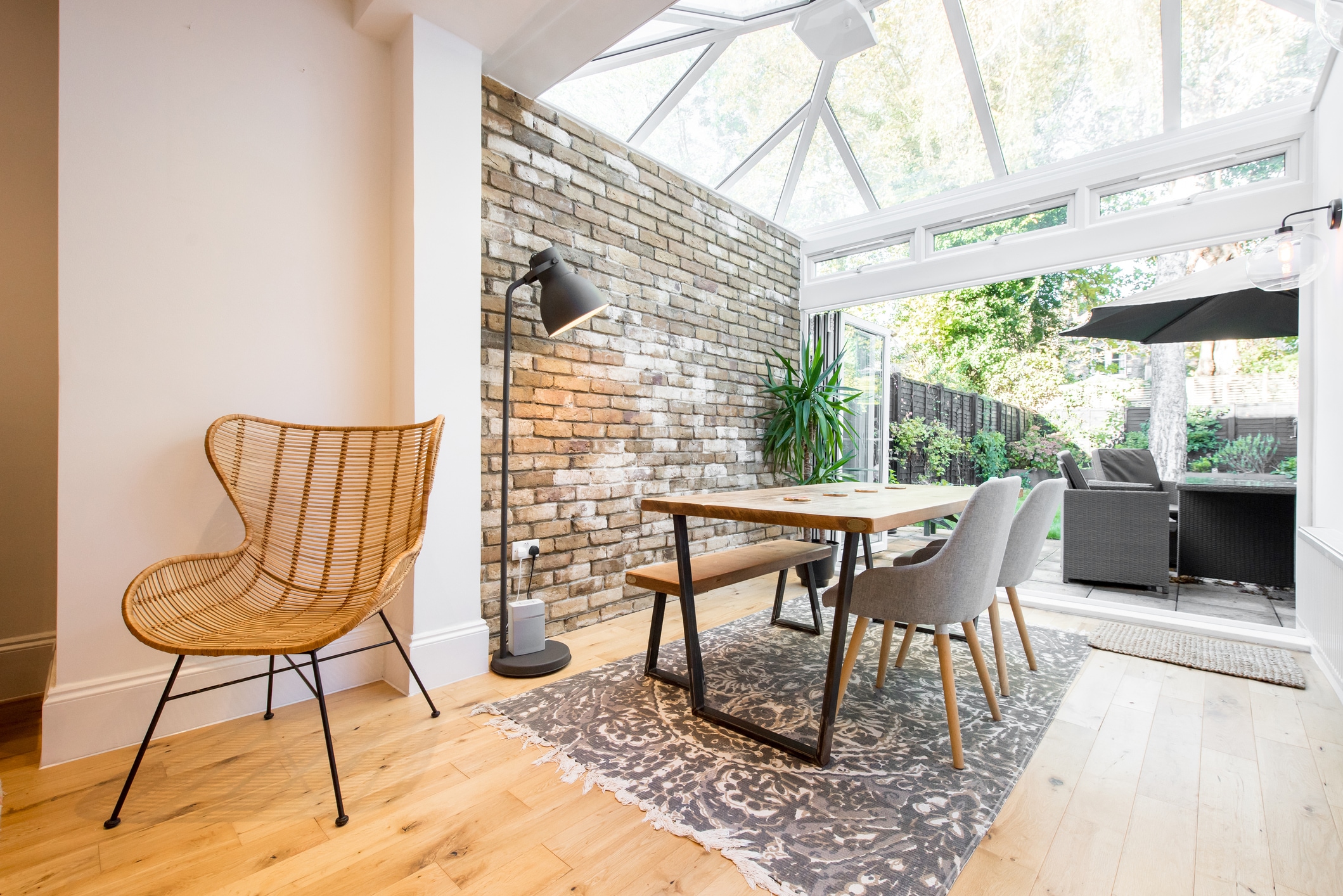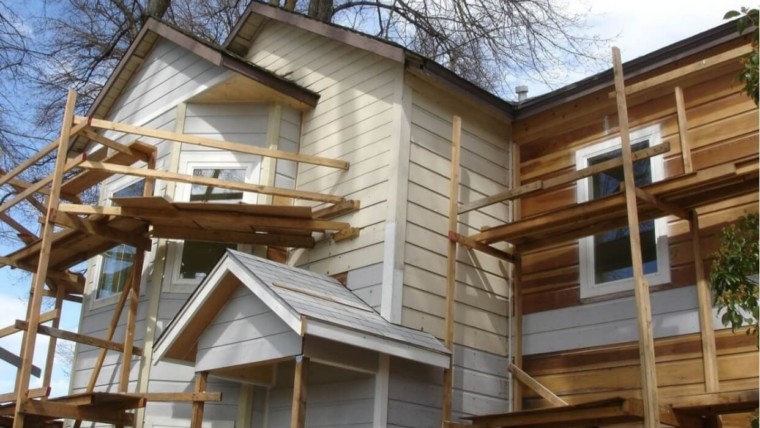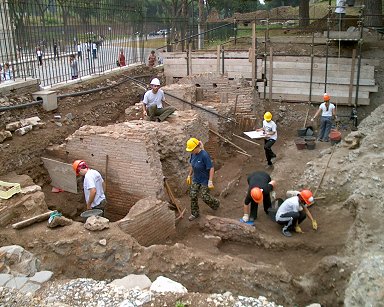Over the timeline of home ownership, there are varying reasons for home renovations. It can be a minor repair or a major overhaul. One of the most burdensome parts of a remodel may be something that you never knew is needed; obtaining a building permit. Local municipalities govern home alterations to inspect for building code violations and expose potential safety hazards. The requirement of a building permit varies drastically from city to city and state to state; however, there are few things that warrant your consideration, regardless of location.
The first place to begin depends on whether this is a remodeling project that you’ll take on yourself or hire out to a licensed professional. As you interview contractors, ask them who carries the responsibility of pulling permits. Also ask if their project estimate includes the amount of the permits. Ultimately, the homeowner owns the work and will be the one held responsible (or pay the price) down the road if the work was done improperly. The contractor should know which parts of the project will require a permit but it may benefit you to confirm with your local building department also.
When exactly do you need a permit? Some folks think that virtually no job is too small for a permit. The obvious jobs are the large scale renovations. Anything that alters the footprint of the home, changing the home’s roof line, demolishing a load bearing wall, cutting in a new window or door, work involving the community sewer line, and more. Major kitchen renovations and bathroom remodels are also prime candidates for permits.

There are some jobs that may need a permit depending on your locality. Some of the jobs may seem extremely small but yet could have major consequences to the health and safety of the home’s inhabitants and guests. Moving plumbing lines, installing new electrical lines, replacing an existing window, removing a non-load bearing wall, installing a fence, and replacing a water heater are projects that may require a municipality’s approval.
The updates to your home that should not require obtaining a permit are those that simply enhance the aesthetics of your home. Typically you can do the following projects worry free; replacing a faucet, installing new wood flooring or carpet, interior paint, wallpapering, exterior paint, landscaping, installing new countertops, minor electrical repairs, and replacing appliances. You can make certain by checking your local government’s website.


Once you’ve confirmed the need for a permit you’ll need to apply for it from your municipality. Making a few preliminary phone calls will help guarantee that you have all the supplementary documents needed. Some permits can be granted on the spot. Others can take up to 4-6 weeks. Some may need further explanation and detailed plans. City/County inspections may be needed along the way as well. Permits can cost anywhere from $25 to $1,000 or more. For some renovations it can costs 1% of your total construction expense to have a permit issued.
Building codes exist to protect you, your neighbors, your guests, and ultimately one of your largest investments. If the 1986 movie The Money Pit is any indication, home projects can go sideways quickly and lead to money loss and heartache. Permits are required by law to guarantee safety. They help ensure that someone knowledgeable inspects any life threatening mistakes before a home project is completed. Before you tackle the next renovation be sure to check into it. Looking for ideas, be sure to check out our Home Improvements section.

















